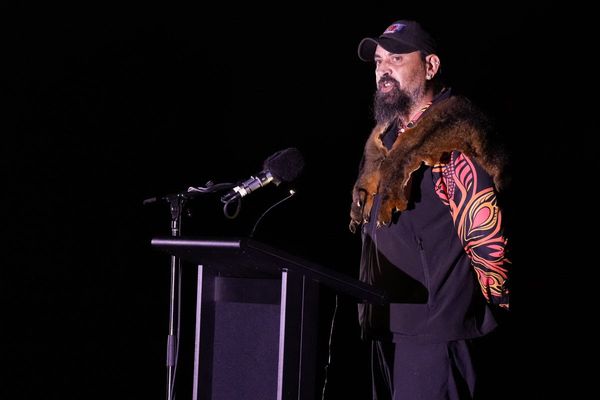Australia's energy crisis is widening the gulf between rich and poor households according to a new report that shows costs accelerating much faster for consumers on low and middle incomes.
Ahead of an expected energy relief package from the federal government next week, lobby group Energy Consumers Australia has released figures showing vulnerable customers are falling further behind in the face of soaring power prices.
The findings come as charity St Vincent de Paul warns dwindling competition in the retail electricity market is piling on even more pain for poorer consumers faced with fewer providers and steadily climbing bills.
In its latest consumer survey report, released today, Energy Consumers Australia said an energy divide was already well entrenched across the country.
It noted households earning $150,000 a year spent about 1.9 per cent of their disposable income on energy.
However, for those households in the lowest income bracket, the proportion of their cashflow being spent on energy was as much as 12 per cent or more.
And ECA concluded the divide was getting worse, with the rate of increase going up to eight times faster for lower income customers than wealthier ones.
Divide 'really quite stark'
Lynne Gallagher, the boss of ECA, said the trend was a worry and came against a backdrop of rapidly falling consumer confidence in the market.
"What we're seeing is that for households above median income the world hasn't changed a great deal for them," Ms Gallagher said.
"They're paying around 2 per cent of their income in electricity.
"But what's evident from middle Australia down to people who are the most vulnerable and what we're seeing is much more significant increases in how much of their income is having to be spent on electricity.
"And it's really quite stark."
Ms Gallagher said a big part of the problem was the declining health of the national electricity market, which supplies more than 10 million customers across Australia's eastern seaboard.
She said record high prices in the spot market caused by global shortages of coal and gas supplies had driven some retailers to the wall and others to withdraw.
The upshot was less choice for consumers and higher prices, but Ms Gallagher noted low-income households often lacked the money or the ability to shield themselves.
"Discounts are disappearing," she said.
"So that, again, is going to affect all of those people who can't offset some of these price increases with their own solar or because they've got a more energy efficient house."
Market gains 'evaporating'
Releasing its own report on the market, St Vincent de Paul echoed many of the concerns.
Gavin Dufty, the charity's policy and research manager, said the "storm" of rocketing fuel prices and falling competition among providers had set the market back almost a decade.
"What we're seeing is more one-size-fits-all, this is the price," Mr Dufty said.
"We've seen convergence of pricing – everything is coming together to a higher point and there's less dispersion around that.
"We're seeing less differentiating in product, so retailers appealing to a particular group.
"Overall, it's like we've set the way-back machine.
"We've gone back 10 years in what the market looks like, so that 10 years' in development has sort of evaporated because of the higher price environment and the impact it's put on the industry."
Mr Dufty said the sharp deterioration in the health of the national market and the flow-on effects for millions of middle- and low-income households was untenable.
He said the situation made it imperative for the federal and state governments – along with industry – to provide more and better targeted subsidies for those who most needed help.
On top of this, he argued governments needed to consider shifting the costs of schemes to drive the uptake of renewable energy from consumer bills to public balance sheets.
Calls for relief grow louder
And he said there needed to be much greater focus on rolling out smart meters to all customers to ensure they could gain more control over their energy use and get access to new services through which companies might pool cheap green power supplies and sell them to customers.
"Lots of households will never get access to solar," he said.
"But they shouldn't be left behind in the energy transition.
"And a smart meter is the gateway to the new prices and products and services."
Mr Gallagher agreed, adding governments needed to focus their attention on three areas.
One was the link between sky-high international and domestic gas and coal prices, which she said governments needed to "break".
Another was "bill relief" for vulnerable consumers.
Finally, Ms Gallagher said there must be a renewed push for better energy efficiency in all Australian homes.
"Most people don't think talking about draft-proofing or insulation is terribly sexy but it can actually reduce your bill by up to 20 per cent," Ms Gallagher said.







